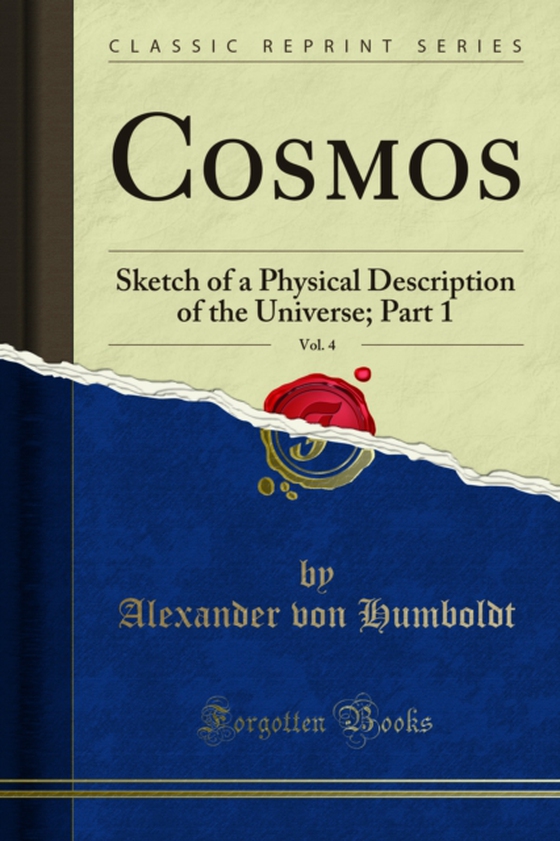
Cosmos e-bog
123,90 DKK
(inkl. moms 154,88 DKK)
Whilst the greatest effort has been made to ensure the quality of this text, due to the historical nature of this content, in some rare cases there may be minor issues with legibility. If already, in the course of the last volume, in passing from the consideration of the heaven of the fixed stars - in which countless suns shine either singly, or revolving round each other, or are known to us on...
E-bog
123,90 DKK
Forlag
Forgotten Books
Udgivet
27 november 2019
Genrer
Geology, geomorphology and the lithosphere
Sprog
English
Format
pdf
Beskyttelse
LCP
ISBN
9780259716242
Whilst the greatest effort has been made to ensure the quality of this text, due to the historical nature of this content, in some rare cases there may be minor issues with legibility. If already, in the course of the last volume, in passing from the consideration of the heaven of the fixed stars - in which countless suns shine either singly, or revolving round each other, or are known to us only as constituting the faint light of distant nebulae, - we felt the transition to our own planetary system to be a descent from the great and universal to the relatively small and special, the field of contemplation becomes restricted within yet far narrower limits, in passing, as we are now to do, from the totality of the varied solar system to one only of the planets which circle round its central luminary. The distance of the nearest of the fixed stars, a Centauri, is still 263 times greater than the dia meter of the solar system taken to the aphelion of the comet of 1680, and yet the latter distance IS itself 853 times greater than that of our Earth from the Sun. (kosmos, Bd. Iii. S. 582; Engl. P. These numbers (in which the parallax of a Centauri is taken at assign approximately the distance of a comparatively near region of sidereal space from the conjectured outermost limit of the solar system, and the distance of this latter limit from the Earth.
 Dansk
Dansk

